Budget gaming laptops under $1,000 aim to provide a taste of premium models, offering sufficient 1080p gaming performance and essential features like a high-refresh-rate screen. On paper, MSI’s Cyborg 15 appears to deliver with an Intel Core i7 processor, a 144 Hz refresh rate, and a GeForce RTX 4050 graphics card for $899.99 (potentially even cheaper during sales). However, it falls short of performance expectations even for a budget machine and disappoints in too many areas to be considered a good deal.
Design of the MSI Cyborg 15
The “cyborg” in this MSI probably comes from the translucent plastic around its screen and bottom panel. It’s a departure from the black plastic that usually adorns budget gaming laptops, though it looks rather gaudy and does little to make this laptop appear premium.
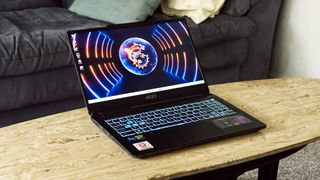
Fortunately, the Cyborg’s build quality is decent, with a lid and chassis that exhibit little flex. The aluminum lid is a nice touch, and the rest of the chassis is sturdy plastic. It should hold up to being tossed in a backpack.

The ports include one USB Type-A and a 3.5 mm audio jack on the left side, while the right side features another USB-A port, a USB-C port, HDMI 2.0 video output, and an Ethernet jack. The USB-C port supports DisplayPort video output.

All the USB ports operate at 5 Gbps, though it would have been preferable if the USB-C port supported 10 Gbps. The Intel AX201 networking card supports only Wi-Fi 6, not the newer 6E standard, as well as Bluetooth 5.2.
At 14.15 x 9.86 x 0.9 inches and 4.37 pounds, the Cyborg is trimmer and significantly lighter than the Dell G16 7630 (14.05 x 11.37 x 1.01 inches, 6.3 pounds) and the Lenovo LOQ 15ARP9 (14.17 x 10.19 x 0.94 inches, 5.12 pounds).
MSI Cyborg 15 Specifications
Swipe to scroll horizontally
| CPU | Intel Core i7-13620H |
| Graphics | Nvidia GeForce RTX 4050 (6GB GDDR6, 1,605 MHz boost clock, 45W maximum graphics power) |
| Memory | 16GB DDR5-5600 (2x 8GB) |
| Storage | 512GB SSD |
| Display | 15.6-inch, 1920 x 1080, 16:9, IPS, 144 Hz |
| Networking | Intel Wi-Fi 6 AX201, Bluetooth 5.2 |
| Ports | 2x USB Type-A (5 Gbps), 1x USB Type-C (5 Gbps with DisplayPort 1.4), HDMI 2.0, 3.5 mm audio jack, Ethernet |
| Camera | 720p |
| Battery | 53.5 WHr |
| Power Adapter | 120W (barrel connector) |
| Operating System | Windows 11 Home |
| Dimensions (WxDxH) | 14.15 x 9.86 x 0.9 inches |
| Weight | 4.37 pounds |
| Price (as configured) | $899.99 |
Gaming and Graphics on the MSI Cyborg 15
Our Cyborg 15 has an Intel Core i7-13620H processor, GeForce RTX 4050 graphics (45W), and 16GB of RAM.
I observed an average of 176 frames per second (fps) while playing F1 24 with medium settings and DLSS enabled, with the minimum framerate in the 130 fps range. The game was very smooth and never stuttered.
We will be comparing the Cyborg to the Acer Nitro V 15 (Core i7-13620H, RTX 4050 75W, $999.99), the Dell G16 7360 (Core i7-13650HX, RTX 4060 140W, $999.99), and the Lenovo LOQ 15ARP9 (Ryzen 7 7735HS, RTX 4060 115W, $999.99). The Dell and Lenovo have much more powerful graphics cards, but are in the same price range.

In Shadow of the Tomb Raider, the Cyborg recorded the lowest framerate of 64 fps. The Acer followed with 70 fps, but neither could match the Dell and Lenovo, which both achieved nearly 100 fps.
Cyberpunk 2077 saw the Cyborg 15 producing just 20 fps, with the Acer not far ahead (22 fps), though the Dell commanded the lead (33 fps).
In Far Cry 6, the Cyborg’s 64 fps was a match for the Acer. The Dell (85 fps) and Lenovo (79 fps) produced much better performance.
Red Dead Redemption 2 was another last-place finish for the Cyborg, where it produced 44 fps compared to the Acer’s 48 fps. It came in far behind the Dell and Lenovo, which both produced over 60 fps.
The Cyborg also trailed in Borderlands 3, with 56 fps versus the Acer’s 62 fps and finished well behind the Dell (82 fps) and Lenovo (80 fps).
Overall, the Cyborg’s gaming performance is limited by the 45W power rating of its RTX 4050. Even with more power, as we saw in the Acer Nitro V 15, this GPU remains best suited for entry-level 1080p gaming. The GeForce RTX 4060 is a far superior performer, especially when provided with 100W+ of power as demonstrated by the Dell G16 7630.
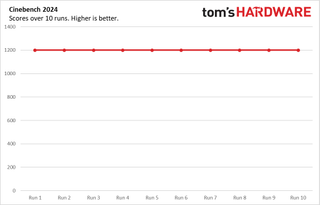
To stress test gaming laptops, we simulate 30 minutes of gaming by running the Metro Exodus benchmark 15 times at RTX settings. The Cyborg averaged 47.9 fps across all of the runs. The P-cores of the Core i7-13620H processor averaged 3.3 GHz and 64 degrees C while the E-cores ran at 2.34 GHz and 65 C. The GeForce RTX 4050 averaged 1.85 GHz and 63 C.
Productivity Performance on the MSI Cyborg 15
Our Cyborg 15 features a Core i7-13620H processor, 16GB of RAM, and a 512GB SSD.

In Geekbench 6, the Cyborg topped the group with 2,580 points in the single-core test, narrowly beating the Acer (2,571 points) and Dell (2,553 points). It placed second best in the multi-core test with 12,427 points, trailing the Acer’s 13,373 points. The Lenovo LOQ lagged in both scenarios, scoring 2,040 points in single-core and 10,143 points in multi-core.
The Cyborg was less competitive in our Handbrake transcoding test, which it completed in the longest time of 5 minutes and 49 seconds. The Acer (5:25) and Lenovo (5:17) were faster, but neither matched the Dell (4:21).
The Cyborg also did poorly in our 25GB file transfer test compared to some of its compatriots, averaging 724.11 MBps. The Lenovo’s 757.83 MBps was marginally better. The Acer (1,456.74 MBps) and the Dell (1,718.8 MBps) scored in an entirely different league.
Display on the MSI Cyborg 15
The 1920 x 1080 screen on this MSI isn’t its strongest feature. Positives include an anti-glare surface, good viewing angles from the IPS technology, and a 144 Hz refresh rate. However, its picture is generic; while watching the Gladiator II trailer, I noticed muted colors and insufficient contrast or brightness to make the image pop. I had the same thoughts while playing F1 24, although the high refresh rate did make the gameplay very smooth.
Our display measurements confirm the Cyborg’s subpar picture quality. It covers less than half of the DCI-P3 gamut and only 67.6% of sRGB, compounded by the lowest brightness of just 246.4 nits. While the Acer Nitro’s color coverage was even worse, it was at least brighter. The Dell’s screen was the best in the group.
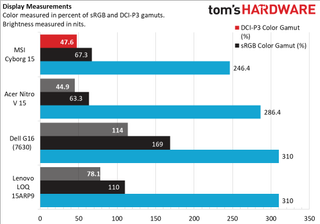
The Cyborg’s keyboard is easy to type quickly on; I reached113 words per minute in the MonkeyType online typing test. The keys have a pleasant rubbery feel with ample cushioning at the bottom of the keystroke for long-term typing comfort.
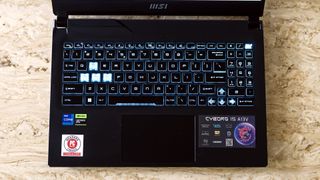
The backlighting color is limited to light blue – RGB controls are usually absent on laptops in this price range – but it’s a welcome change from the cliché red that used to dominate budget gaming laptops. Gamers will also appreciate the translucent WASD cluster.
The number pad isn’t very practical due to its unconventional three-column layout and two-thirds-sized keys. Fortunately, the function row supports Fn-lock, allowing you to toggle between making the function keys or the secondary functions the main setting. The MSI Center app additionally lets you swap the Fn and Windows key functions and can disable the Windows key.
Meanwhile, the Cyborg’s well-designed touchpad offers ample space and an anti-glare surface. However, its center-palmrest placement is questionable, as it sits under my right palm rather than between my hands while typing. Despite this, I didn’t experience any mouse jumps or unintended clicks from my palm touching its surface.
Audio on the MSI Cyborg 15
The Cyborg 15 won’t make you regret leaving your headphones at home. It doesn’t deliver concert-quality audio, but its speakers have ample volume and a reasonably full sound with audible bass. While playing Justin Timberlake’s “Can’t Stop the Feeling,”, I noticed clear vocal separation and an overall pleasant listening experience.
The Nahimic audio app's software enhancements significantly improve the sound quality on the Cyborg. Disabling them severely degrades the audio, making it sound like you're using a laptop from the '90s. The app provides EQ controls and profiles for music, movies, gaming, communication, and a smart setting that attempts (and sometimes succeeds) to match the profile to what you're listening to. I found the default music profile ideal for everything, though I reduced the bass boost from 6 to 4 decibels to free up volume.
Upgradeability of the MSI Cyborg 15
Nine Philips-head screws secure the Cyborg 15’s bottom panel to the chassis. Using a plastic trim tool, I made a gap at one of the palm rest corners and popped the clips along the front and sides. Unhinging the rear portion from the chassis, which must be done last, required some wiggling.
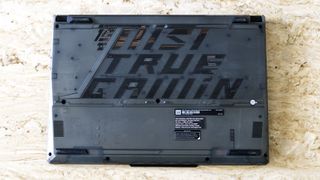
Upgradeable components include the M.2 2280 SSD, the M.2 2230 networking card, and two DDR5-5600 SODIMM modules. The battery can also be changed out. It would have been nice to have another M.2 slot for a storage drive.
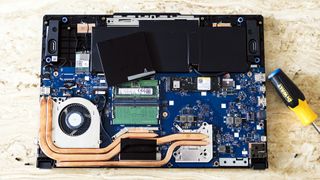
Battery Life on the MSI Cyborg 15
Budget gaming laptops are not renowned for their battery life, and the Cyborg 15 doesn’t challenge that assumption. It lasted just 4 hours and 43 minutes in our battery test, which includes web browsing, streaming video over Wi-Fi, and running OpenGL tests, all with the screen brightness set to 150 nits. While it outlasted the Lenovo LOQ by more than an hour, it couldn’t catch the Acer Nitro V 15’s 5 hours and 41 minutes.
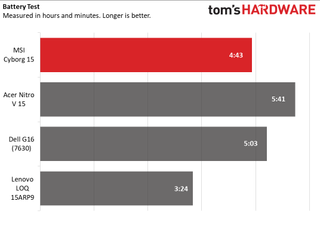
Heat on the MSI Cyborg 15
During the Metro Exodus stress test, we measured the Cyborg’s surface temperatures at 74 degrees F on the touchpad, 100 F between the keyboard G and H keys, and a maximum underside temperature of 109 F.
Although the Cyborg is a reasonably cool operator, its single cooling fan isn’t quiet. The built-in speakers are loud enough to overpower the fan noise while gaming. While not gaming, though, the fan always ran and was audible across a quiet room. My efforts to get the fan to slow down or stop – changing the Windows power profile to balanced, enabling silent mode in the MSI Center app, and switching to integrated graphics – were for naught. The fan never shuts off or gets quieter.
Webcam on the MSI Cyborg 15
The Cyborg’s webcam has an underwhelming 720p resolution and poor picture quality; my face looked grainy and muddled even in good lighting. There are no bells and whistles, either: it doesn’t have a privacy shutter or infrared support, though you don't always find that at this price point.
Try one of our best webcams if you want to look good on calls or streams.
Software and Warranty on the MSI Cyborg 15
The software included with the MSI is minimal but useful. The MSI Center app is the most important one, providing hardware monitoring, system updates, recovery features, access to support, and a host of system settings. Power profiles include performance, balanced, silent, and super battery, plus an AI mode (the default) that auto-selects depending on what you’re doing. It also has a toggle between hybrid and integrated-only graphics. System settings include disabling the Windows key or swapping its functionality with the Fn key, USB power share on/off, and crosshair display that puts a crosshair in the center of your screen.
The Nahimic app mentioned in the audio section provides vital EQ and sound settings that make the Cyborg’s speakers sound as decent as they do. The only other included app is MSI App Player that can run Android games and apps. There appeared to be no trial or other unwanted apps installed.
MSI covers the Cyborg 15 with a three-year warranty, a notable improvement over the industry-standard one year.
MSI Cyborg 15 Configurations
The Cyborg 15 A13V model reviewed here features an Intel Core i7-13620H CPU, an Nvidia GeForce RTX 4050 GPU, 16GB of RAM, and a 512GB SSD. It was discounted to $899.99 at Newegg, though I briefly saw it dip to $849.99.
This is the only configuration with a 13th Gen Intel Core processor; there is also an older Core i7-12650H model featuring a GeForce RTX 4060 and a 1TB SSD, which Amazon had for $1,044.
Our review model’s pricing is around what entry-level RTX 4050 gaming laptops typically go for. The Lenovo LOQ with an AMD Ryzen 8645HS was $809.99 while the Dell G16 7630 was $899.99 with a Core i7-13650HX and a 16-inch 2560 x 1600 screen, both equipped with RTX 4050 GPUs.
Bottom Line
The Cyborg 15 doesn’t top our list of budget gaming laptops. While it has solid build quality and a comfortable keyboard and mouse, its gaming performance and screen quality – arguably the two most important aspects of a gaming laptop – fall short of expectations. Additionally, we’d prefer quieter fans and longer battery life.
Although the Cyborg 15 could have offset some of those drawbacks with a bargain price, the same budget can get you the Dell G16 7630, which excels in most of the areas that the Cyborg 15 doesn’t, offering better gaming performance, quieter cooling, and a much nicer screen. For this to be a real deal, it would need even more of a price drop.
MORE: How to Buy a Gaming Laptop
MORE: Best Gaming PCs

 5 days ago
4
5 days ago
4
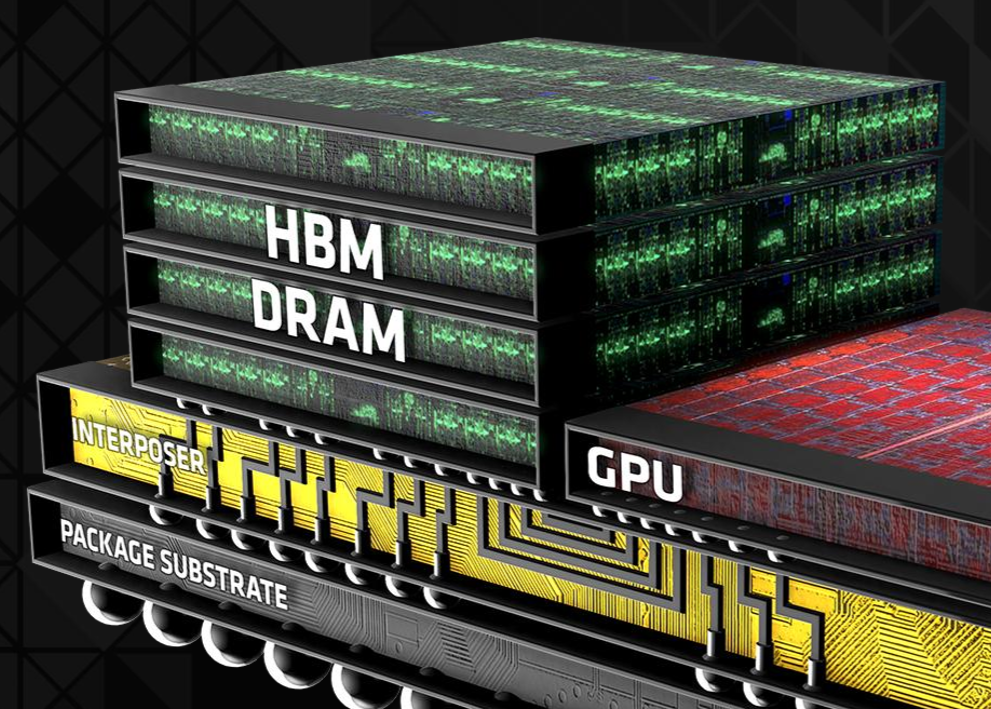
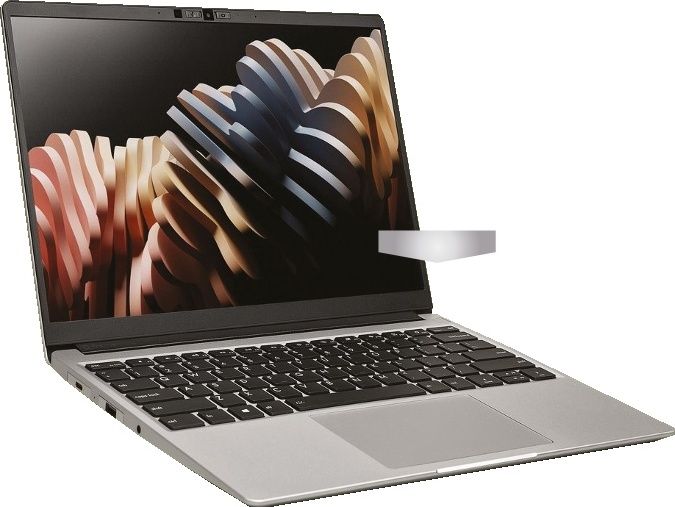
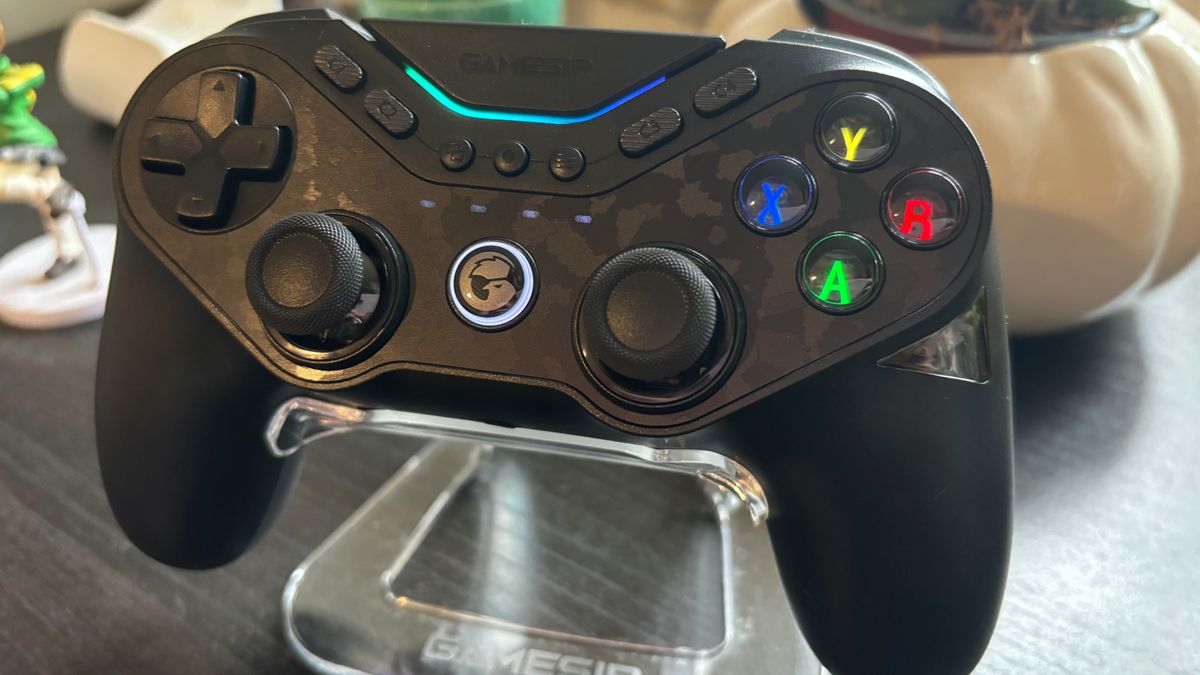


:quality(85):upscale()/2024/11/04/810/n/1922564/da875c20672911f51e8a59.58915976_.jpg)


 English (US) ·
English (US) ·